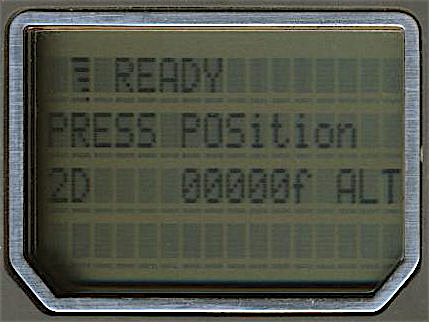
Startup screen
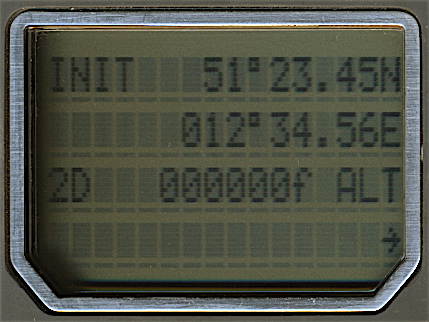
Initialization screen
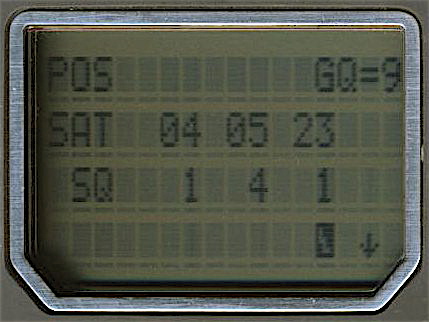
Status screen
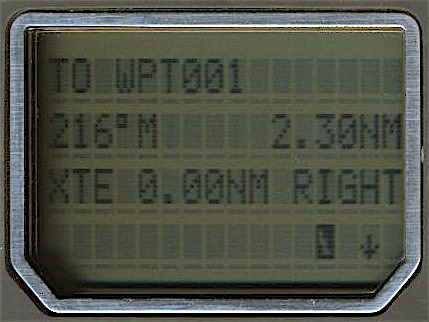
Navigation screen
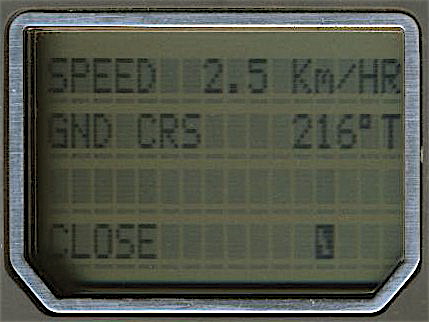
Speed / course screen
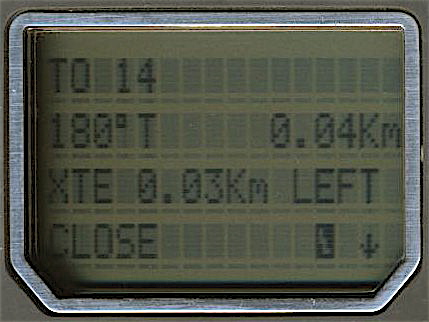
X-track error screen
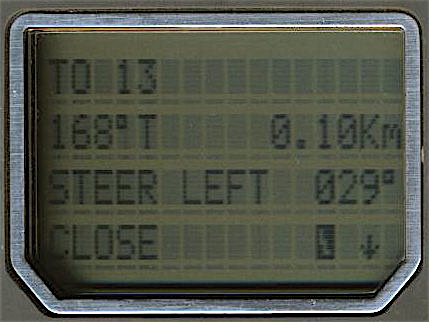
Steer screen
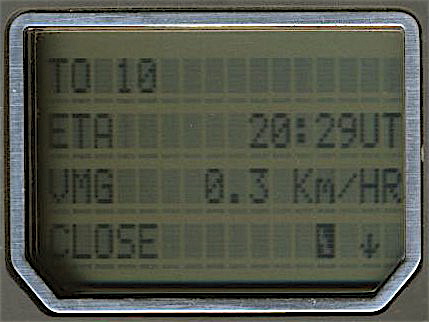
Time / velocity screen
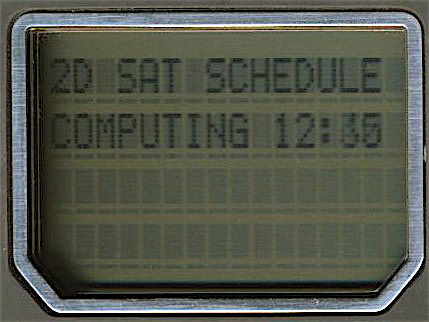
Computing satellite schedule
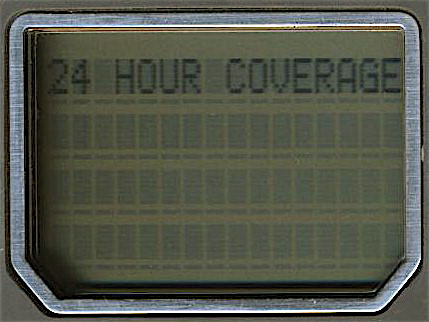
Satellite schedule result
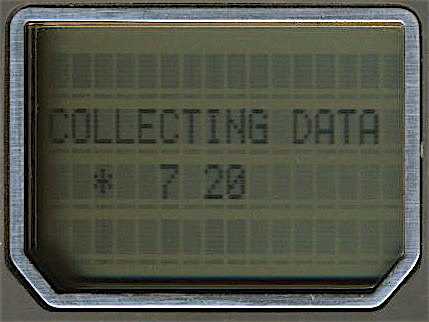
Collecting data screen
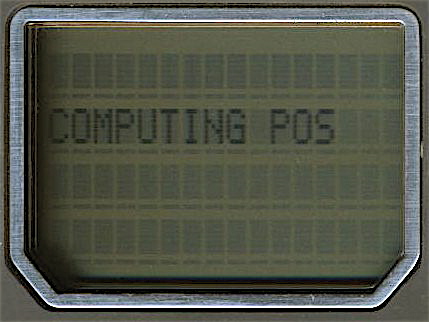
NAV 1000 computing
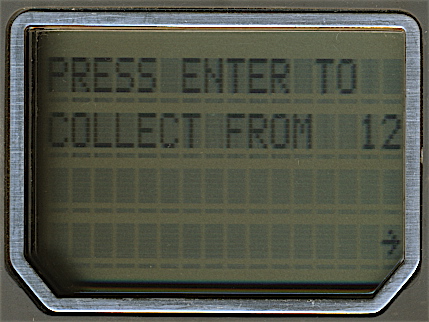
Almanac satellite select screen
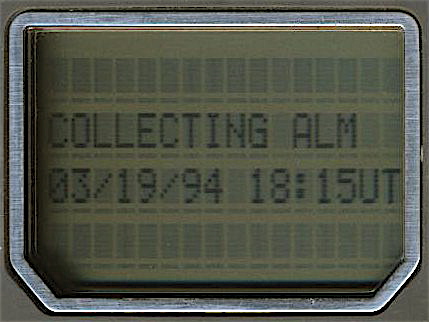
Almanac screen
The Magellan NAV 1000 was the first handheld GPS ever built. The GPS-system was not even ready for full time coverage. Thus the NAV 1000 had a satellite schedule function. The user could check if there would be a 2D or 3D positioning possible at a specific time and place. The NAV 1000 has a wake up feature to switch on automatically for taking a position fix. This was useful when satellites were only available at night.
The NAV 1000 is meant to be a marine navigation tool. The functions are very basic. A text display with a few symbols is showing plain navigation data. 100 waypoints can be stored in the memory. There is only one active route possible.
The NAV 1000 is a single channel receiver. Data is received from one satellite, then from another and so on. It is very interesting to watch a NAV 1000 initializing. First the satellite almanac has to be loaded. A satellite can be chosen or the receiver will search one. After an initial position has been entered the NAV 1000 searches for satellites, one after another. Then it will receive data, one after another. Then "computing" is displayed for a while and with luck a position is calculated. After the initial fix the position is updated every few seconds.
The antenna of the NAV 1000 cannot be removed. For using an external antenna an antenna coupler was available.
The NAV 1000 is meant to be a marine navigation tool. The functions are very basic. A text display with a few symbols is showing plain navigation data. 100 waypoints can be stored in the memory. There is only one active route possible.
The NAV 1000 is a single channel receiver. Data is received from one satellite, then from another and so on. It is very interesting to watch a NAV 1000 initializing. First the satellite almanac has to be loaded. A satellite can be chosen or the receiver will search one. After an initial position has been entered the NAV 1000 searches for satellites, one after another. Then it will receive data, one after another. Then "computing" is displayed for a while and with luck a position is calculated. After the initial fix the position is updated every few seconds.
The antenna of the NAV 1000 cannot be removed. For using an external antenna an antenna coupler was available.
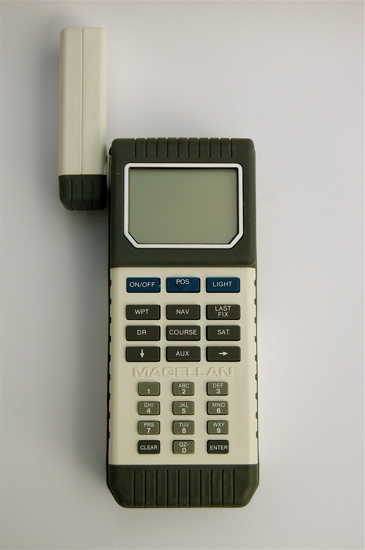
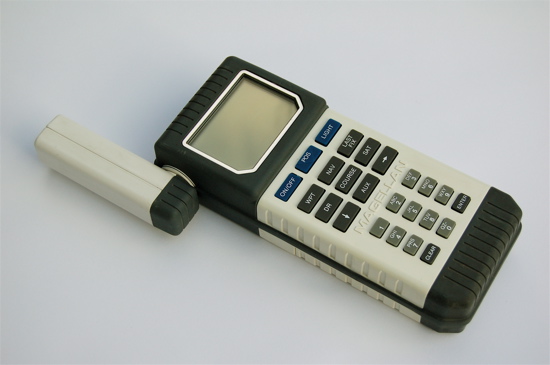
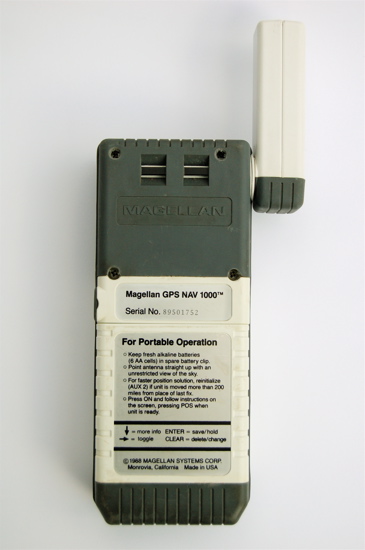
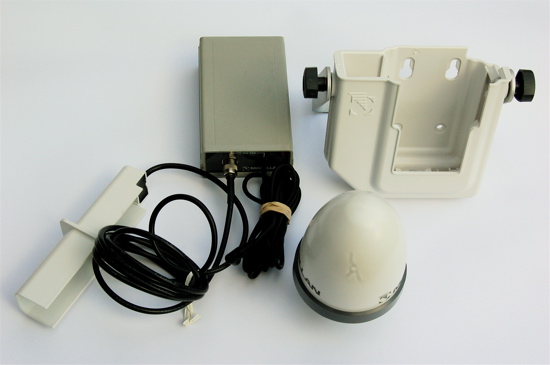
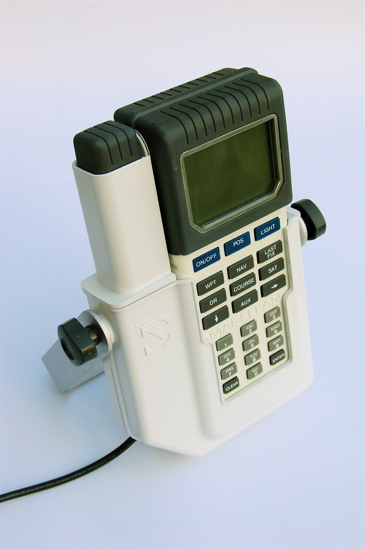
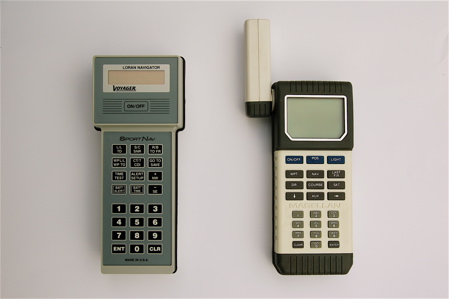
Interesting similarity in the designs of the Voyager Loran-C Navigator and the NAV 1000
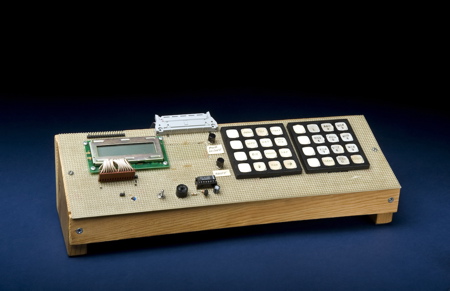
Keyboard and display unit for the development and testing of GPS circuitry at the Magellan laboratories. The keyboard has the same layout as the NAV 1000.
Photo with kind permission of the National Air and Space Museum Smithsonian Institution.
Original resource:
http://americanhistory.si.edu/collections/search/object/nmah_1405670
Photo with kind permission of the National Air and Space Museum Smithsonian Institution.
Original resource:
http://americanhistory.si.edu/collections/search/object/nmah_1405670
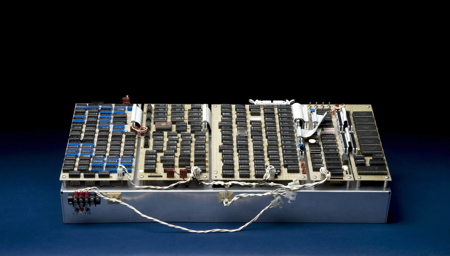
"Breadboard" for development and testing of GPS circuitry at the Magellan laboratories
Photo with kind permission of the National Air and Space Museum Smithsonian Institution.
Original resource:
http://americanhistory.si.edu/collections/search/object/nmah_1405669
Photo with kind permission of the National Air and Space Museum Smithsonian Institution.
Original resource:
http://americanhistory.si.edu/collections/search/object/nmah_1405669
Initialization:
The NAV 1000 has a function for collecting the actual almanac. A specific satellite can be chosen or the unit will search itself. An initial position has to be entered.
Features:
100 waypoints
1 route
Satellite schedule
Alarm beeper
Dimensions: 222mm x 120mm x 54mm
The NAV 1000 has a function for collecting the actual almanac. A specific satellite can be chosen or the unit will search itself. An initial position has to be entered.
Features:
100 waypoints
1 route
Satellite schedule
Alarm beeper
Dimensions: 222mm x 120mm x 54mm